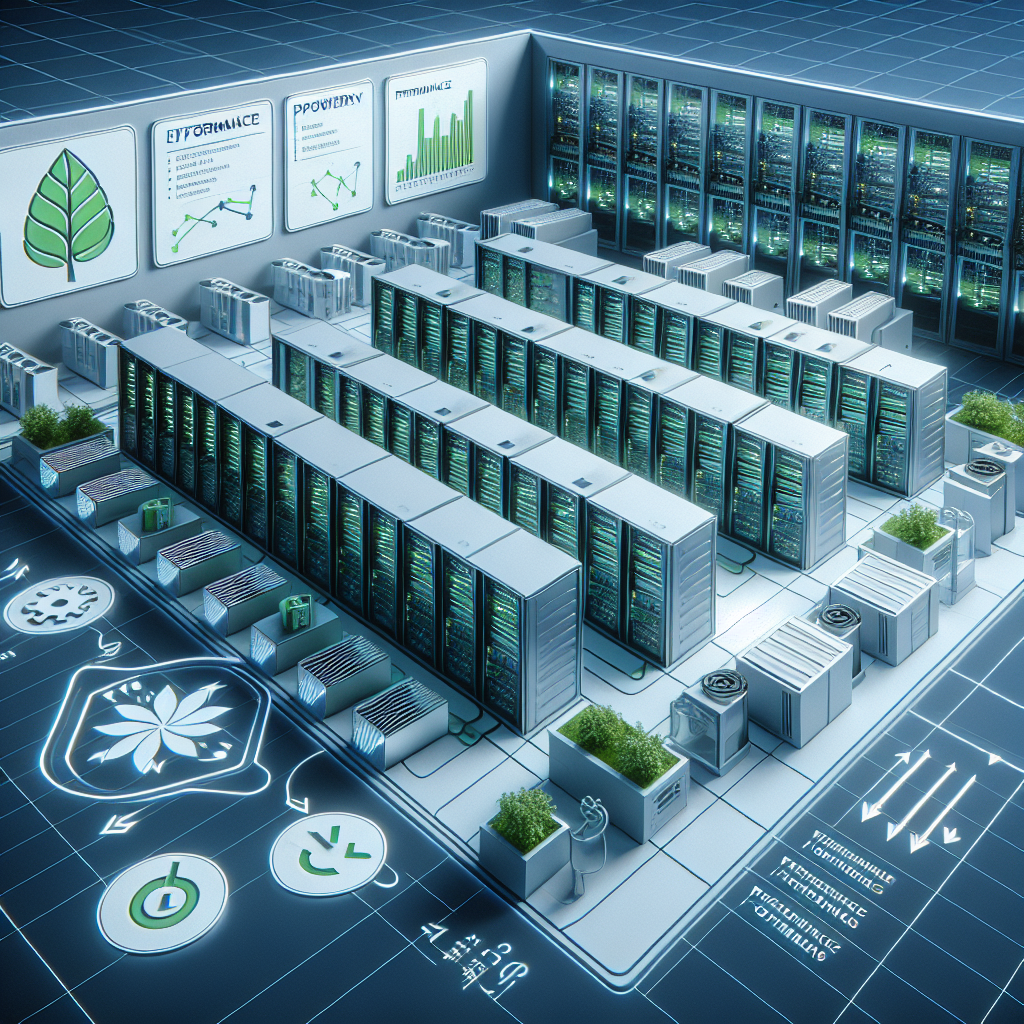Data centers are the heart of any organization’s IT infrastructure, serving as the central hub for storing, processing, and managing data. With the increasing amount of data being generated and stored, it is crucial for data centers to operate at peak efficiency to ensure optimal performance and reliability. However, achieving optimal performance can be challenging, especially as data center environments continue to grow in complexity.
To help organizations improve their data center performance and efficiency, here are some tips for data center performance optimization:
1. Conduct regular audits: Regular audits of your data center infrastructure can help identify areas for improvement and optimization. This includes evaluating the efficiency of cooling systems, power distribution, and server utilization. By identifying areas of inefficiency, organizations can make targeted improvements to enhance overall performance.
2. Implement energy-efficient technologies: Energy efficiency is key to optimizing data center performance. Implementing energy-efficient technologies, such as virtualization, can help reduce power consumption and improve overall efficiency. Virtualization allows organizations to consolidate servers, reducing the physical footprint of the data center and lowering energy costs.
3. Optimize cooling systems: Cooling systems are essential for maintaining the optimal temperature in a data center. By optimizing cooling systems, organizations can reduce energy consumption and improve overall efficiency. This can be achieved by implementing hot and cold aisle containment systems, using energy-efficient cooling technologies, and regularly maintaining and servicing cooling equipment.
4. Utilize automation: Automation can help streamline data center operations and improve efficiency. By automating routine tasks, organizations can free up resources and reduce the risk of human error. This can include automating server provisioning, monitoring, and maintenance processes to ensure optimal performance and reliability.
5. Monitor performance metrics: Monitoring key performance metrics, such as server utilization, power consumption, and cooling efficiency, can help organizations identify performance bottlenecks and areas for improvement. By regularly monitoring performance metrics, organizations can make data-driven decisions to optimize data center performance and efficiency.
6. Implement a disaster recovery plan: A well-defined disaster recovery plan is essential for ensuring data center performance and reliability. By implementing a comprehensive disaster recovery plan, organizations can minimize downtime and data loss in the event of a disaster. This can include regular backups, redundant systems, and failover mechanisms to ensure continuous operation of critical systems.
In conclusion, optimizing data center performance is essential for ensuring the efficiency and reliability of an organization’s IT infrastructure. By following these tips for data center performance optimization, organizations can improve efficiency, reduce costs, and enhance overall performance. By conducting regular audits, implementing energy-efficient technologies, optimizing cooling systems, utilizing automation, monitoring performance metrics, and implementing a disaster recovery plan, organizations can achieve optimal data center performance and ensure the success of their IT operations.


Leave a Reply